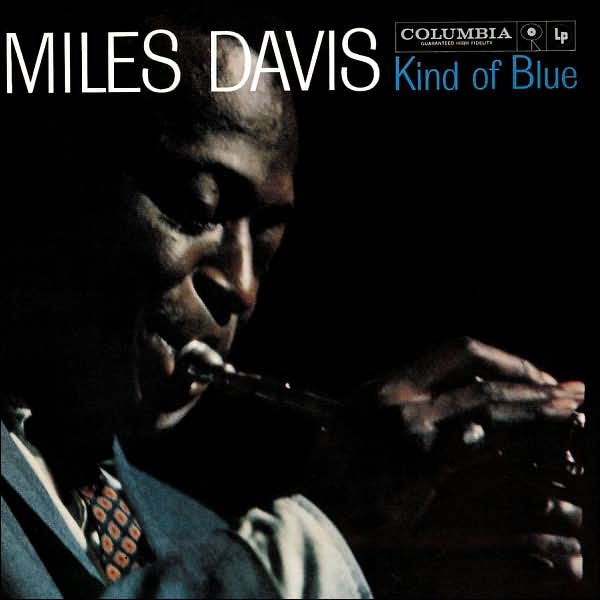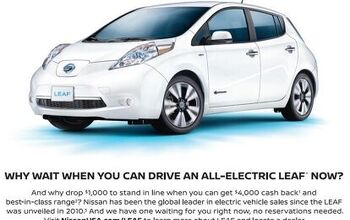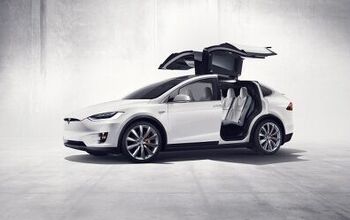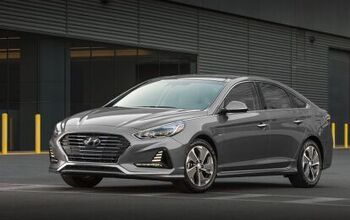Blue Is the New Green Is the New Bullshit
Just as GM is prepping a green themed “230” Volt hype campaign, comes word from Automotive News [sub] that green is so 2003. “For all the talk about green vehicles,” intones the industry rag, “blue is the new color of choice to embody clean driving.” Did you think that Mercedes BlueTec and VW/Audi’s “AdBlue” names came from the blue tint of their diesel-emissions-treating urea fluids? Nope. “The color blue is associated with freshness, dynamism and lightness,” say VW flacks. And according to Hans Tempel, president of Mercedes-Benz Japan, “Blue perfectly encapsulates the cool, clear sky of a world unsullied by greenhouse gases.” Gagging yet? The best eco-chromatic marketing analysis awaits post-jump.
One point we will concede to Tempel, namely that “‘green’ is a term that is heavily occupied. You’ve got to find a new term in a global brand,” he explains. Fair enough, but if Toyota uses blue for its Prius badging, Hyundai brands its clean cars as “Blue Drive,” and Nissan’s new Leaf EV is blue-themed, how long will the blue-as-green branding stay fresh? Especially when the alleged originality of the color coding is drowned in the hemming-and-hueing of relentless marketing-speak. Like this bon mot from Simon Humphries, general manager for global design at Toyota: “blue is green with technology. It’s a clean and fresh color, and I think that’s what people are looking for.”
But, as usual, the best explanation for the blueshift (trademark pending) comes not from the designers and company toadies, but from the interpretive power of the media. Automotive News [sub] breaks it down:
“To its champions, blue is Earth-friendly in a high-tech, “Star Trek” way. It’s futuristic, evoking the dilithium crystals that effortlessly power the starship Enterprise at warp speed. Green, by contrast, is Earth-friendly in a granola way. Like a hippy bus running on hemp seed oil.”
Got that? There will be a test.
More by Edward Niedermeyer
Latest Car Reviews
Read moreLatest Product Reviews
Read moreRecent Comments
- 1995 SC Didn't Chrysler actually offer something with a rearward facing seat and a desk with a typewriter back in the 60s?
- The Oracle Happy Trails Tadge
- Kwik_Shift_Pro4X Union fees and corruption. What can go wrong?
- Lou_BC How about one of those 2 foot wide horizontal speedometers out of the late 60's Ford Galaxie?
- Lou_BC Was he at GM for 47 years or an engineer for 47 years?


































Comments
Join the conversation
ATTACK OF THE MARKETING-DROIDS!!!! Coming soon to a dealership near you!!!